How did you get there? Laura Chaibi
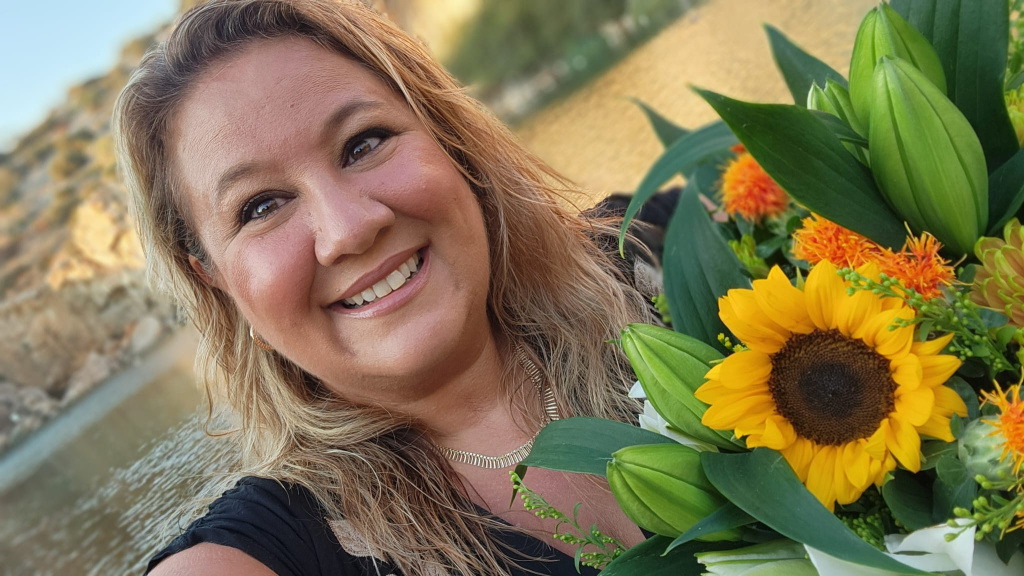
Laura Chaibi is someone who has been outrunning computers and AI since the 90s. She has built a career in media research, measurement, and communications, working for some of the biggest digital media and TV companies globally. She played a foundational role in internet, mobile, video, and cross-media measurement, specializing in emerging media innovations, including more recently connected TV and streaming advertising.
Great to be able to catch up with you Laura! So, how did you get into the industry, and take us through how you got to this point?
My first taste of research was as an Aussie specialist answering travel-related questions in under 90 seconds on a premium helpline. People paid £1.50 per minute to speak to me. We had walls lined with reference books, and I would run to find the right one to get the answer. As a Canadian who had backpacked Australia, it was exhilarating to share my knowledge.
Then, at 39 weeks pregnant, my job disappeared. THUD.
I was working for Acxiom, one of the largest data management companies globally, when interactive voice recognition (IVR) technology took over my role. It was the 90s, and I was 24. I was in shock. How could a computer be better than me? We barely had one shared computer with this thing called Google, and it wasn’t even that good!
“You never forget cold hard moments of truth when you are told – a machine is ‘better than you.”
New mom, new wife, foreign country. Daunting.
I realized I had to stay ahead of technology to avoid being replaced again. Problem-solving was my talent. But it took five years of wrong turns to realize I was on the wrong path. Senior leaders bypassed management to come directly to me for answers, something that got me into trouble. I cried my eyes out when I was let go for telling the truth rather than the ‘party line.’
Surely the truth wins out, right? No. Work is not school. I had to learn that decision-making wasn’t just about facts, it was also about politics and allegiances.
Frustrated, I turned inward. What was my truth? I made a simple ‘YES’ and ‘NO’ list on a tear-stained napkin:
YES
- Solve problems, research things, find answers
- Work with the internet, stay ahead of it
- Own projects, use data and insights
- Work with kind people and emotional intelligence
- Industries: media, entertainment, travel, tech
NO
- Sales roles with targets
- Repetitive work with no value
- Companies that make me feel bad for being a mom or too good at what I do
- Manipulation of my work just because someone is ‘senior’
- Jobs where I don’t get to learn or grow
Then, my breakthrough.
Out of the blue, the BBC called. I had applied alongside 250,000 other (yearly applicants) for a role. Over nine months of them looking, and multiple interviews, and tests for me, they offered me the ‘new media’ researcher role supporting BBC News interactive. I took a one-third pay cut and backtracked my career to join as a researcher. It was the break that I needed to set me on the path to a lucrative career in research.
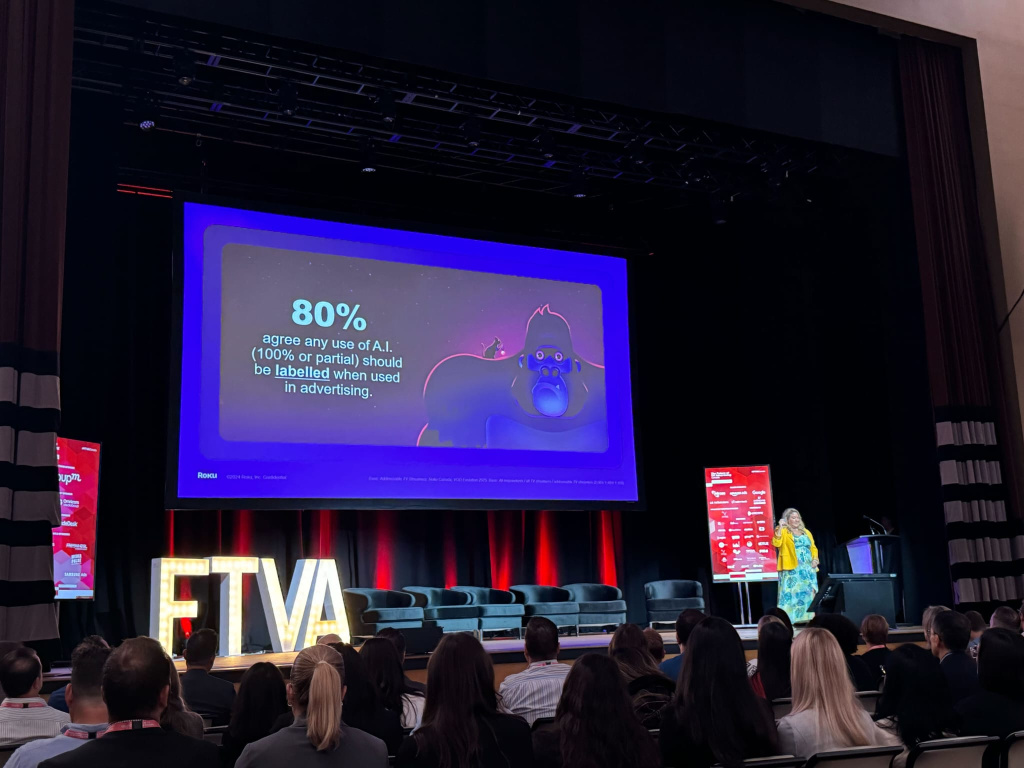
Why should anyone consider a career in market research, data, and insights?
If you are someone who doesn’t rest until you get the answer, asks too many questions, and thinks critically, this industry is for you.
AI is going to fundamentally change future jobs. The challenge will be staying ahead of what machines can do better than us.
Your role will be to discern between human and machine insights. AI can embellish, misinterpret, or lack context. Research is more than just asking questions—it’s a craft that de-risks decision-making through statistics, modelling, and understanding the ‘why’ behind data. Researchers apply situational context to make insights meaningful. Our job isn’t just to find answers—it’s to ask the right questions.
Building industry expertise takes time. I’ve stayed on the edge of change, focusing on human emotional responses in the bigger information ecosystem. AI will take time to master human complexity—how we say one thing but do another.
The future of research will involve managing AI in workflows, using synthetic societies, digital twins, and hypothesis testing. Researchers will need to validate AI-generated insights, identify bias, and question AI logic. Managing AI across the processes will be critical to staying relevant.
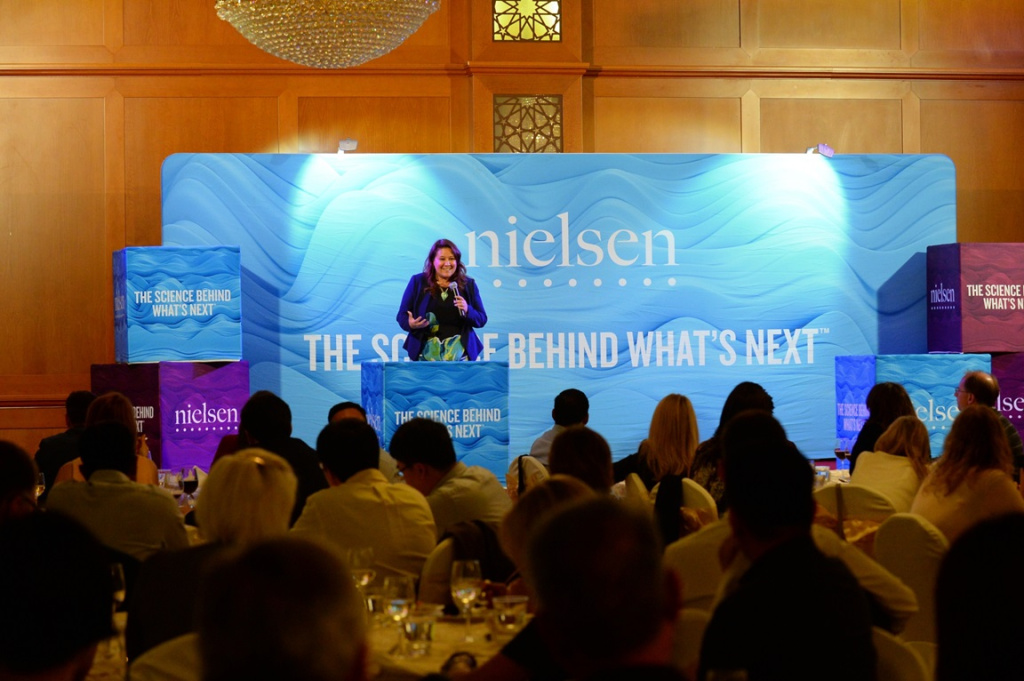
Career paths are rarely without challenges. Can you share an honest moment from your career when things didn’t go quite according to plan?
Never say something you wouldn’t want quoted in the media.
A colleague once misquoted my findings—reporting “millions of households” instead of people. It ended up in the CEO’s speech. This was an embarrassment to me and my department. As a researcher, credibility is everything. Protect it.
Being the change curve instigator
I assumed presenting insights would be a celebration. Instead, I faced shock, anger, denial, and resistance. I learned the hard way that people often push back against uncomfortable truths. You need broad shoulders to withstand the backlash of the change curve.
I wish I had understood this earlier—it would have saved me from feeling ashamed for doing my job well when uncovering truths and new perspectives.
Implementing change requires doubling your expected timeline to allow for communication, training, and advocacy. At one point, I presented the same thought leadership piece nearly 100 times and the project took up over seven years of my focus from concept through to patent application.
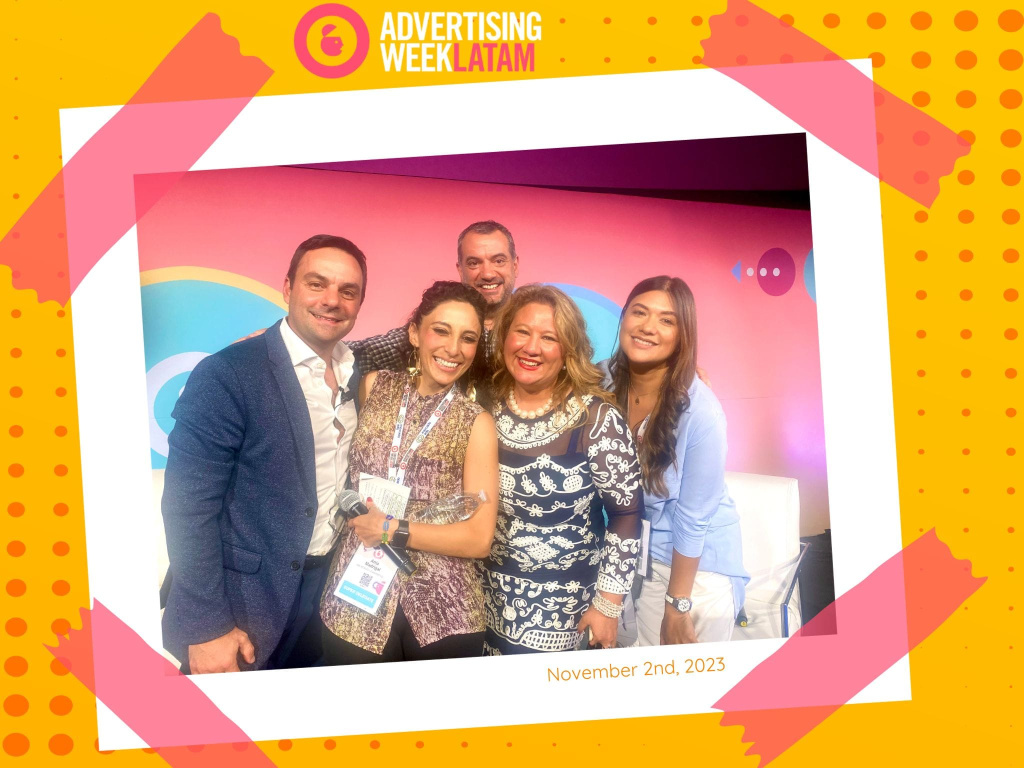
What two things should junior researchers focus on as they progress in their careers?
1. Boundary setting
Early in my career, I just wanted to be helpful. That got me stuck doing all the PowerPoint decks, Excel analysis, and even fixing the printer issues for my colleagues. My capabilities led others to make me responsible for work they were accountable for — helping can become harmful when you are mediated into a process without accountability in your role, its often someone else’s credit.
Boundaries are a leadership skill. Just because you can do something doesn’t mean you should. Managing expectations, resourcing and time management protects your reputation and career growth.
2. The 1% compounder
The world moves fast. I outran the internet, and your challenge will be to outrun AI. The key? Microlearning—just 1% of effort daily. Stay ahead by understanding AI’s limitations and strengths – DAILY.
AI will cross-check findings using data trained from other use cases. If AI relies on flawed data, it leads to biased results. Researchers must validate sources, dig deep, and discern credibility. You’ll be the arbitrator between human insights and machine logic (or garbage) and need to know what quality is.
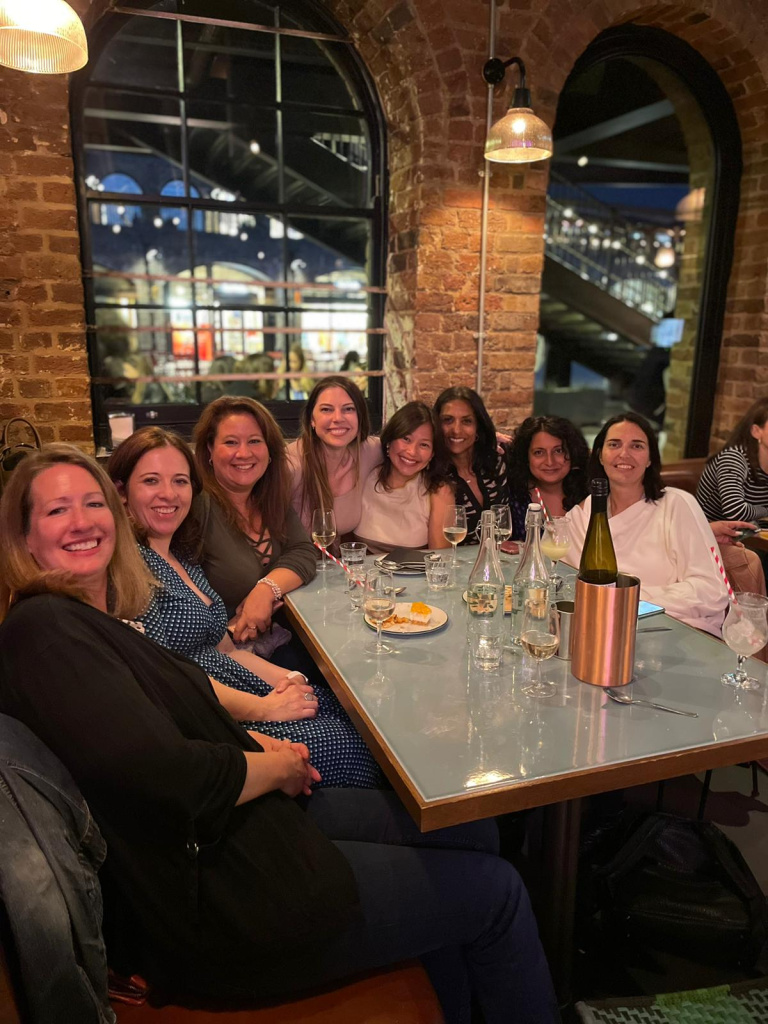
Do you have any advice for our sector?
Remember, we are the ones who ask the questions!
I have been outrunning machines for nearly 30 years. I did this by maximizing technology’s usefulness while identifying white spaces computers could not fill.
The industry needs to prepare for:
- AI-driven surveys talking to AI agents—where’s the human input?
- Re-evaluating what is human in research
- Deep diving into semiotics, semantics, and syntax to uncover AI weaknesses
- Understanding AI’s sources, bias and blind spots
- Will privacy bring back human to human studies?
If AI surpasses us in memory, creativity, and analysis, we must pivot into spaces AI cannot reach. AI models “truth” based on its source file parameters and preferences — how do we navigate this shift?
As practitioners, we sense when something is off because we mentally triangulate findings in real-world context. The future of research is about outrunning AI’s limitations while leveraging its strengths. AI lacks wisdom gained through lived experience. Until it can interpret human nuance, contradictions, and emotions, researchers will remain indispensable.
Change or be changed—and enjoy the journey. AI hasn’t predicted the destination yet!
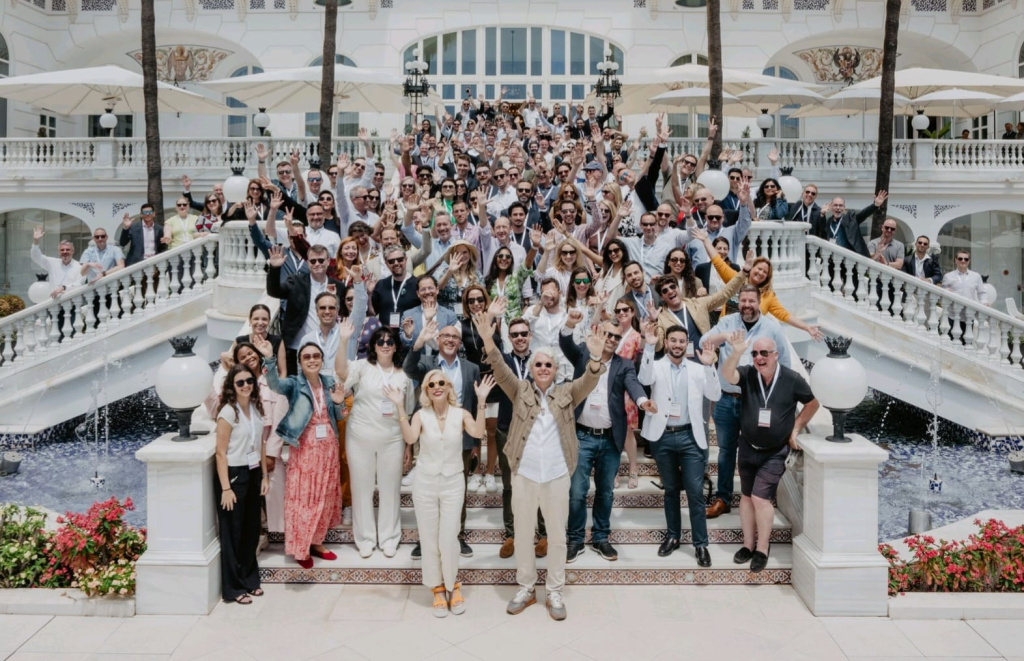
And do you have anyone who has helped your career so far that you’d like to acknowledge?
- Andy Brown – Former Chairman & CEO of Kantar Media, mentor, and friend.
- Lynne Robinson – IPA Director of Research, who pulled me into industry committees to tackle mobile and internet measurement.
- Simon Thomas – WPP, who ensured I had a seat at the global table for video industry measurement committees.
- WIRe (Women in Research Executives) – A phenomenal group of women providing inspiration and support.
- Every fantastic leader, stakeholder, and team I’ve worked with.
- The mean bosses – The ones who told me to “slow down” or “chill.” They used to scare me. Eventually, I told them: You keep up, or we’ll be obsolete!
